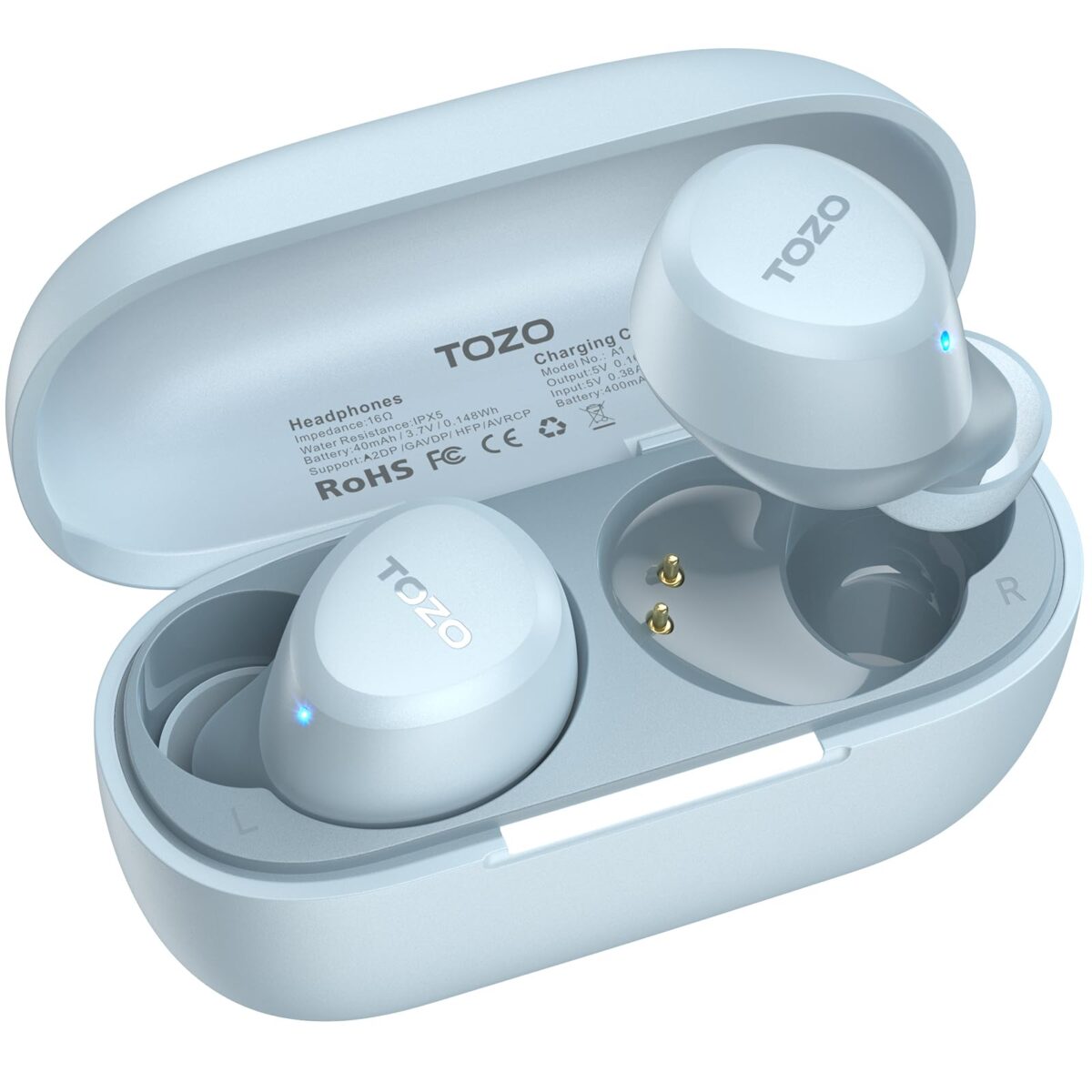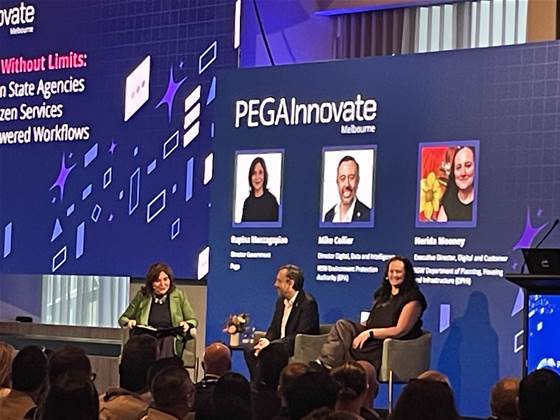Snapshot
- Federal AI supervision committee to be formed by mid-next year.
- Members will be chosen from the Australian Public Service.
- Government aspires to advocate responsible AI usage throughout public services.
- Each department to designate a chief AI officer by July next year.
- Committee’s focus will be on AI applications deemed high-risk.
- APS reform shaped by the David Thodey review.
Formation of AI Supervision Committee
The Australian government plans to set up a federal AI supervision committee by mid-next year. The Department of Finance will choose candidates from the Australian Public Service (APS) to guarantee a skilled and informed team. The Digital Transformation Agency is in the process of formulating the committee’s terms of reference, with additional information anticipated early next year.
Government’s AI Strategy
As part of a comprehensive AI strategy, the supervision committee seeks to bolster AI implementation across the government. Under this initiative, every public servant will gain secure access to generative AI, with each department mandated to appoint a chief AI officer by July next year.
Engagement with Private Sector
Although the APS will head the committee, the government has engaged in discussions with leading companies like Commonwealth Bank, Google, and Telstra to shape its approach. These consultations have yielded crucial insights regarding AI management within the government’s extensive workforce.
AI Acquisition and Security
The Department of Home Affairs is proactively revising procurement protocols to incorporate AI technologies. Recently, they organized a town hall meeting with over 80 AI vendors, including tech leaders such as Amazon Web Services and Microsoft, to elaborate on the Protective Security Policy Framework.
Link to APS Reform
This initiative aligns with the broader APS reform agenda, now in its third year, which seeks to tackle digital competency shortfalls and enhance public service effectiveness. The reform is directed by the Thodey review, highlighting the necessity for external collaborations and varied recruitment practices.
Predicted Results
The AI supervision committee is anticipated to be fully operational by late 2026, with complete maturity expected by early 2027. This initiative represents a vital step towards ensuring the responsible and efficient application of AI within the Australian government.
Overview
The Australian government is preparing to create a federal AI supervision committee, drawing participants from the APS. This strategic endeavor is aimed at responsibly incorporating AI throughout public services while guaranteeing strong oversight of high-risk applications. The initiative is part of a larger APS reform to improve digital capabilities and service delivery.
Q: What is the primary aim of the AI supervision committee?
A: The committee is designed to enhance oversight across the government and ensure a consistent, responsible approach to AI technology implementation within the APS.
Q: Who will constitute the AI supervision committee?
A: Members will be chosen from among the ranks of the Australian Public Service.
Q: When will the AI supervision committee commence operations?
A: The committee is projected to be fully functional by late 2026.
Q: What role will private sector companies have in this effort?
A: While APS representatives will lead the committee, the government has sought input from private sector companies regarding AI implementation.
Q: How does this effort relate to the APS Reform Agenda?
A: The AI supervision initiative is integrated into the APS reform focused on enhancing digital skills and public service efficiency, as informed by the Thodey review.
Q: What are the anticipated results of the APS reform?
A: The reform aims to bridge digital skill gaps, improve service delivery, and develop partnerships with external organizations for enhanced outcomes.










